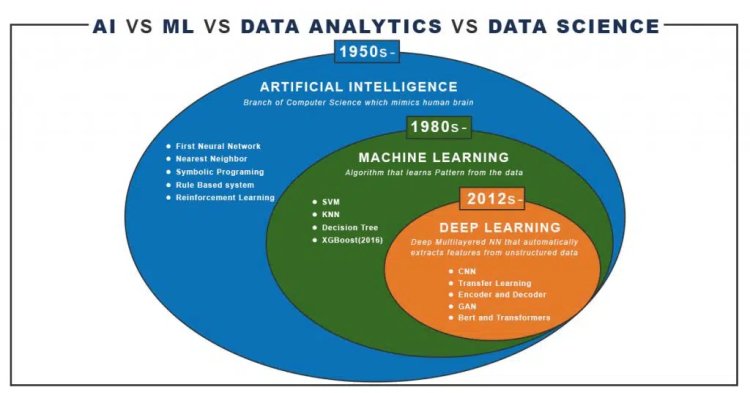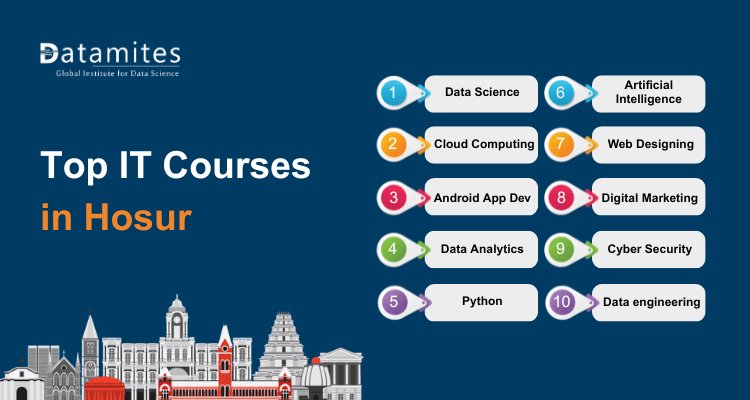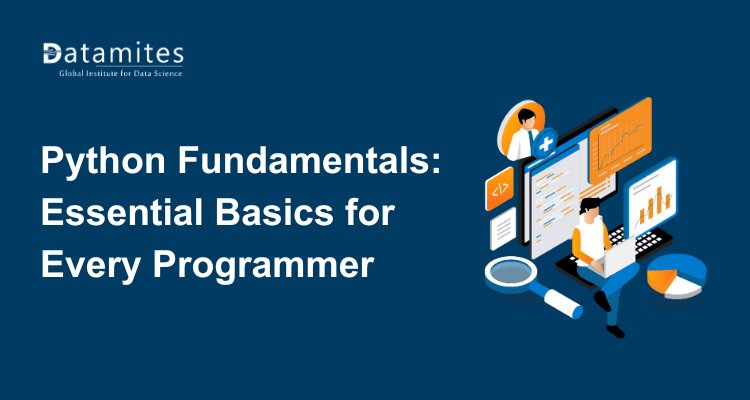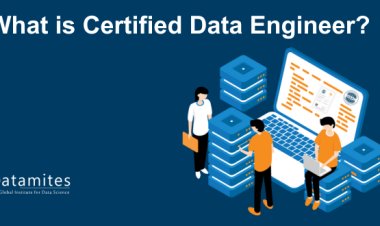Who are Data Scientists?

There are so many Data Science aspirants who are not aware of the difference between AI, DS, ML and DL.
The end goal of DATA SCIENTIST is to create AI products like NETFLIX, FACEBOOK etc. (here you can elaborate more) In particular to this post, I will try to make the difference clear to you. Let’s start with definitions first.
ARTIFICIAL INTELLIGENCE
The domain of computer science enables the machine to think without human intervention, a machine can be software, an application, like Instagram, self-driving car and many more. AI is only math and scientific exercise, but when it became computational, it began to solve human problems formalized into a subset of computing. Artificial intelligence has changed the original computational statistics paradigm to the modern idea that machines could mimic actual human capabilities, such as deciding and performing more “human” tasks. Modern AI into two categories
- General AI – Planning, decision making, identifying objects, recognizing sounds, social &
business transactions - Applied AI – driverless/ Autonomous car or machine smartly trade stocks.
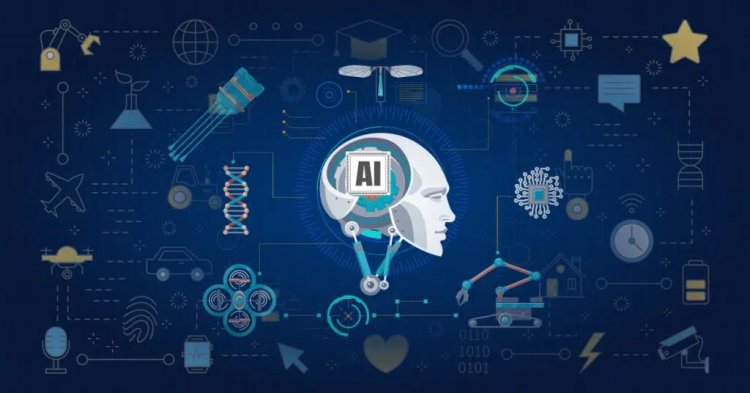
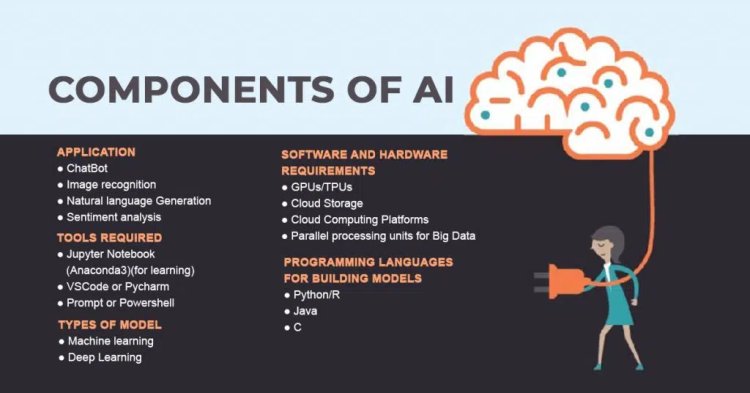
MACHINE LEARNING
The AI tool which uses statistics, visualization, predictive analytics, forecasting to predict the future. Instead of engineers “teaching” or programming computers to possess what they have
to carry out tasks, that perhaps computers could teach themselves – learn something without being explicitly programmed to try to do so. ML is a subset of AI where based on more data, it can change actions and response, which will make them more well organized, adaptable and scalable. e.g., navigation apps and recommendation engines.
The further classification of ML includes
- Supervised
- Unsupervised
- Reinforcement learning
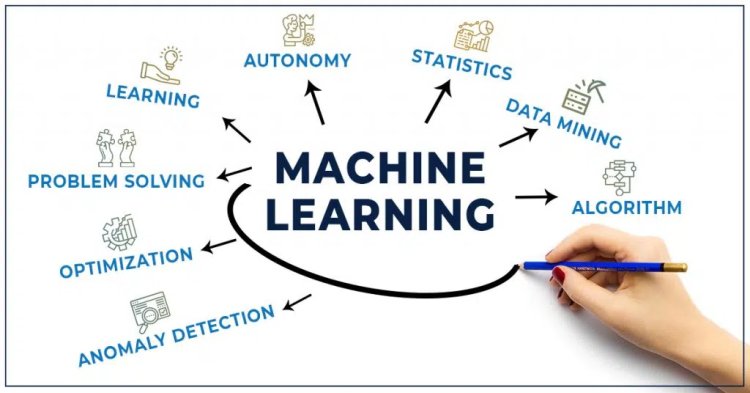
DEEP LEARNING
It is a subset of machine learning which mimics the human brain and makes machines learn. It is a technique for implementing ML.
ML provides the specified output from a given input, but DL reads the input and applies it to different data. In ML, we will easily classify the flower based upon the features. Suppose you want a machine to look at an image and determine what it represents to the human eye, whether a face, flower, landscape, truck, building, etc.
Machine learning isn’t sufficient for this task because machine learning can only produce an output from a knowledge set – whether consistent with a known algorithm or supported the inherent structure of the data. You might be ready to use machine learning to work out whether a picture was of an “X” – a flower, say – and it might learn and obtain more accuracy. But that output is binary (yes/no) and depends on the algorithm, not the info. In the image recognition case, the result isn’t binary and not hooked into the algorithm. The neural network performs nanoscopic calculations with computation on many layers. Neural networks also support weighting data for ‘confidence. These results in a probabilistic system, vs. deterministic, and may handle tasks that we expect of as requiring more ‘human-like judgment.
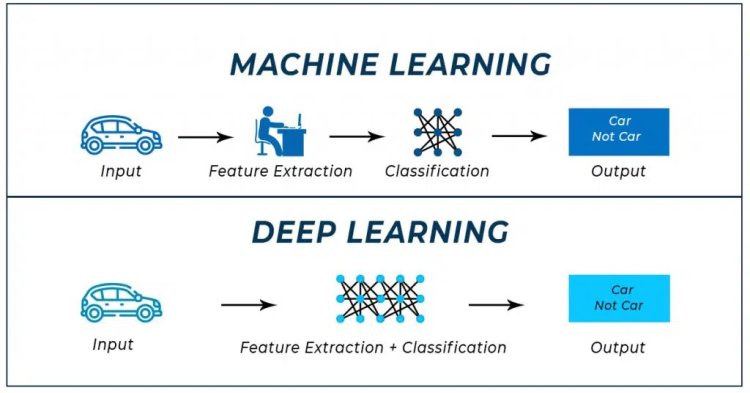
NATURAL LANGUAGE PROCESSING
It is part of both machine learning as well as deep learning and mainly focuses on text, voice data. Think about how much text you see each day:
- Signs
- Menus
- SMS
- Web Pages
- and so much more…
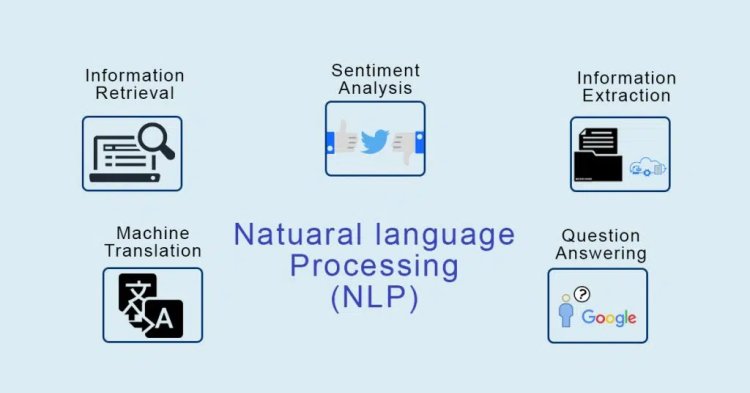
DATA SCIENCE
The technology which uses ML or DL or NLP to create AI applications is known as Data Science.The task done by a Data Scientist is
- Creating AI applications
- Collaborating with the DevOps team to make the application live.
- Model Retraining
- Data Analysis
Data science has many tools, techniques, and algorithms called from these fields, plus others –to handle Big Data. The aim of knowledge science, somewhat like machine learning, i.e to make accurate predictions and to automate and perform transactions in real-time, such as purchasing internet traffic or automatically generating content. Data science depends less on math and coding and more on data and building new systems to process the data. Emphasis on the fields of data integration, distributed architecture, automated machine learning, data visualization, data engineering, and automated data-driven decisions, data science can cover an entire spectrum of data processing, not only the algorithms or statistics associated with data.
